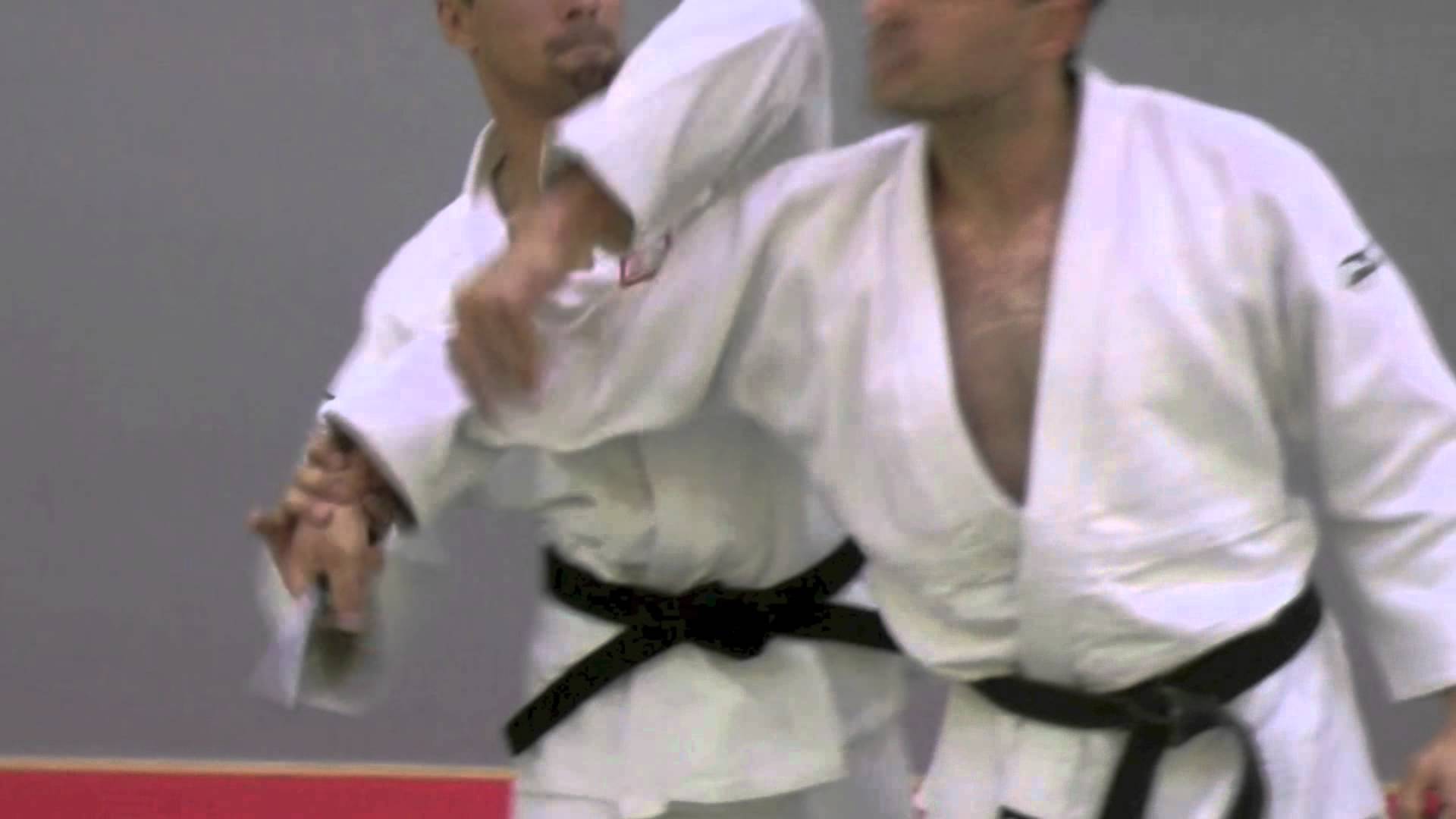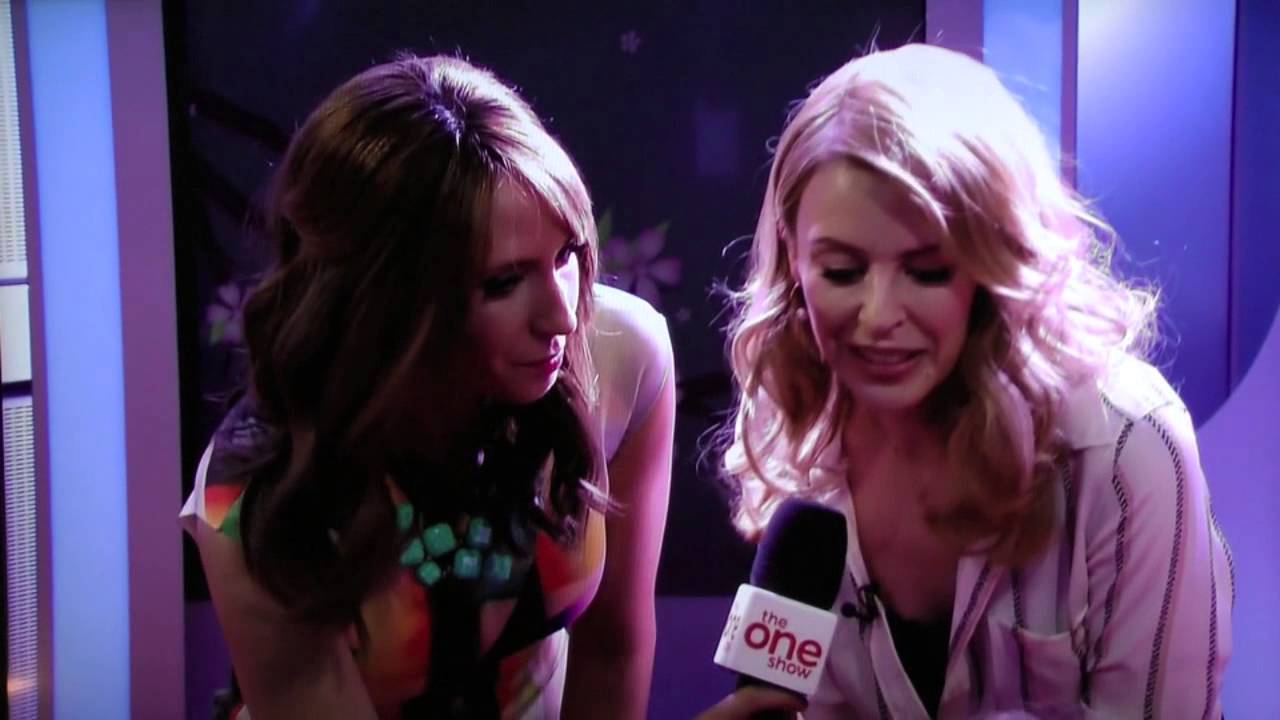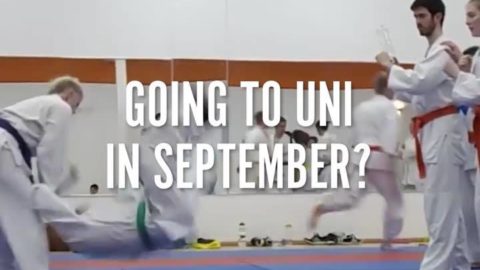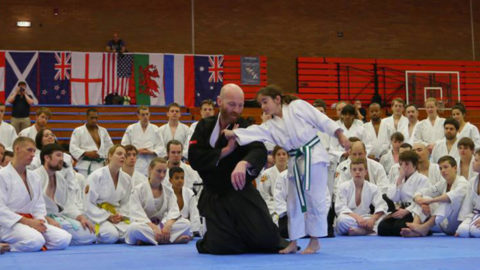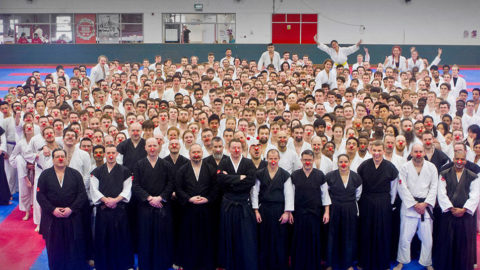JAPANESE MARTIAL ARTS
About
Fighting is probably older than documented humanity, whether used for large scale expansion or conversely defence, sporting prowess or simply entertainment, this is as true for japanese martial arts as it is for other types of martial arts.
There are many theories of the spread and evolution of formal martial arts (and their instruction) around land masses, for example, one possible approach is that as armies and religions spread, specific arts practiced by soldiers and religious adherents followed them, and adapted to the specific environment there.
The adoption of specific training schools, styles or specific ryu in Japan, and the rise of the schools of war can be traced back with some degree of accuracy to the 1600s. Some arts were officially restricted to the Military class; mainly those that involved weapons – rather than items adapted as weapons- as possession of weapons by the non-military was seen as an obstacle to collecting taxes. This might have led to a growth of un-armed martial techniques.There are many reliable lists of the wide variety and specialisation of individual martial arts schools in historical Japan, including such arts as diverse as archery, swimming, spear fighting, sword fighting, close quarter fighting and chained weapons.
Wrestling, the unarmed control of one fighter’s body by another to achieve either sporting or martial dominance is probably as old as conflict itself, however reliable evidence of Japanese training schools is more open to conjecture. One early reliable source suggests Japanese wrestling formally taking place as early as 230 BCE.
Early Japanese wrestling, as with western boxing, before Queensberry rules, was probably a much more brutal art than wrestling as we would recognise it today, which prior to the late 16th/early 17th Century appeared to allow ‘lethal’ strikes.
Japanese jiu jitsu (or ju jutsu) is often thought of as an “art for samurai who are temporarily lacking weapons.’ This approach is convenient for a simplistic description, however a large expansion and evolution of these techniques may have taken place in times of peace. Soldiers or schools looking to earn income by teaching techniques to the civilian population may have influenced the techniques and approaches that survived, and the ones that could adapt the teaching of its principles to be financially viable could survive. It may also have been used to safely teach strategies of actual combat to warriors who would be armed in battle.
Unarmed methods of fighting (and armed schools of fighting) were systematically refined during long periods of warfare, where ineffective techniques and schools of training would literally die on the battlefield, and so formal teaching methods and records for schools of warfare were important. This perhaps is one of reasons for the continued existence of Koryu (essentially ‘old school’).
Koryu are perhaps the correctly named ‘traditional’ japanese martial arts (‘traditional’ being a term often now loosely applied to martial arts in the west to anything that is not judo, MMA or BJJ) where there is often a continued adherence to traditions and techniques needed in times of war. This is often simultaneously viewed as superficial by non-practitioners, yet a key indicator of martial purity for practitioners.
Actual traditional martial arts, Koryu, are comparatively very rare in the west compared to relatively modern japanese martial arts and their derivatives, modern Jiu-jitsu, Judo, Karate, and Aikido.
The olympic sport judo, is perhaps the most widely recognised Japanese art practiced in the UK today. The original founder of judo, Kano, was a jiu jitsu practitioner, who thought that the restricted use of so called ‘deadly’ and ‘injuring’ techniques was actually a hinderance to training proficiency. So he devised a systematic training regime that removed the ‘high-risk’ techniques often practiced simply as kata. It is thought that this allowed the practitioners of what was then often called simply Kano-ryu jiu jitsu, to practice the remaining techniques harder and more frequently, presumably due to reduction of injury in its members. This ‘new school’ of jiu jitsu came into its own around 1882, when it entered a challenge match demonstration with ‘traditional’ schools of jiu jitsu, and from the varying accounts of the tournament, was totally dominant. Kano, saw the future of his art as far removed from its jiu jitsu roots so renamed it judo, to signify the difference in approach, whilst still embracing the similarities of its fundamental techniques.
Karate, and its origins, like jiu jitsu, are quite historical in nature, and there are differing accounts of how this style of art appeared on the japanese mainland in the early 20th century. However unlike modern jiu jitsu, there are specific styles or schools of karate practiced independently around the world, perhaps the most widely known is shotokan karate, founded by Funakoshi, who is one of the people thought to be responsible for the widespread adoption of karate on the Japanese mainland, had trained in two types of Okinawan karate previously.
Karate is predominantly characterised by striking, utilising hands and feet, elbows and knees. Some styles of karate include joint-locking techniques, and throwing as part of their repertoire. There is also a differing proportion of pre-arranged forms (kata), sparring (kumite) and self defence techniques (goshin jitsu) incorporated into each style of karate, for example kyokushin karate whilst still incorporating kata as an important part of their art, has a heavy emphasis on achieving competency in full contact free sparring, and yet very little emphasis on self defence techniques in most clubs. Some karate schools incorporate weapons training, both use of, and defence from, as well as kata.
Aikido, despite often being viewed as traditional martial art, it was only formalised in the 20th century. Its founder, Ueshiba, trained in and studied three different styles of jiu jitsu (as well as fencing, spear fighting, amongst others). It is often referred to as an ‘ethical’ martial art and has much greater emphasis on philosophy than most other popular martial arts. The roots of aikido are at least partially in jiu jitsu, and there are definitely common elements to both, including locking, throwing and pinning techniques. Aikido, like karate, has different styles practiced worldwide, including Yoshinkan a ‘hard’ style of aikido which emphasises self defence and Shodokan (also informally referred to as Tomiki aikido, after its founder) which has an emphasis on competitions.
